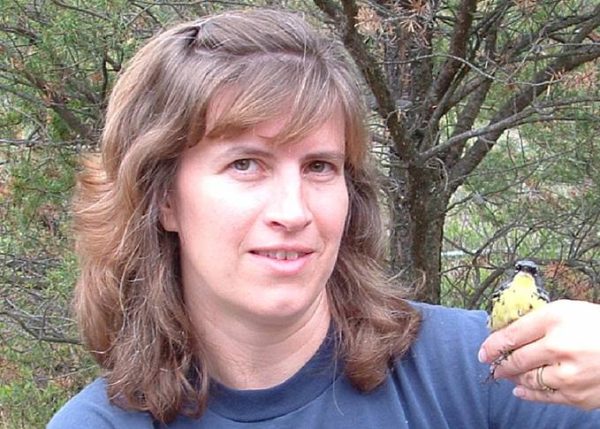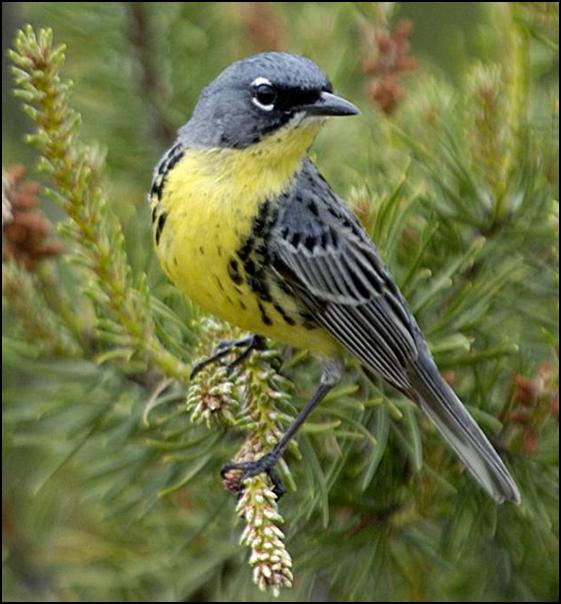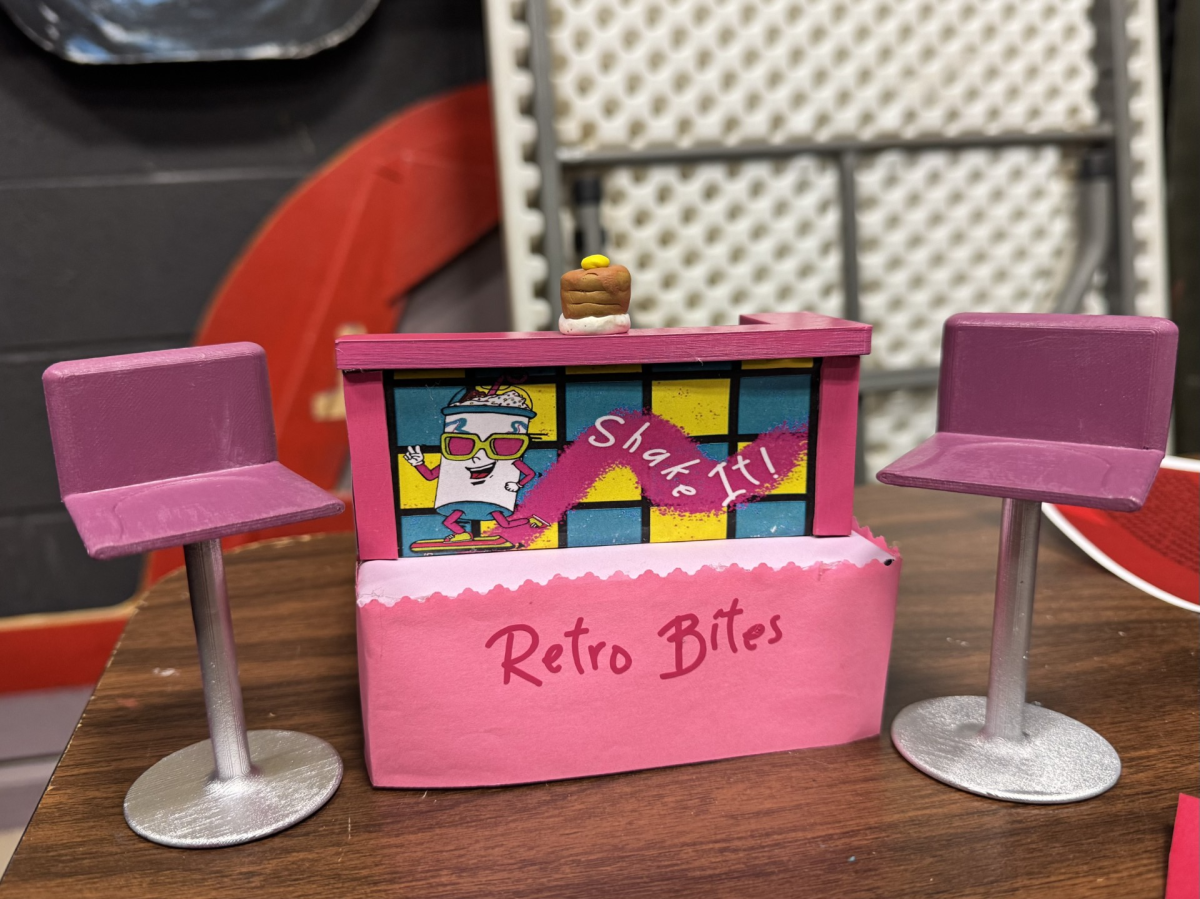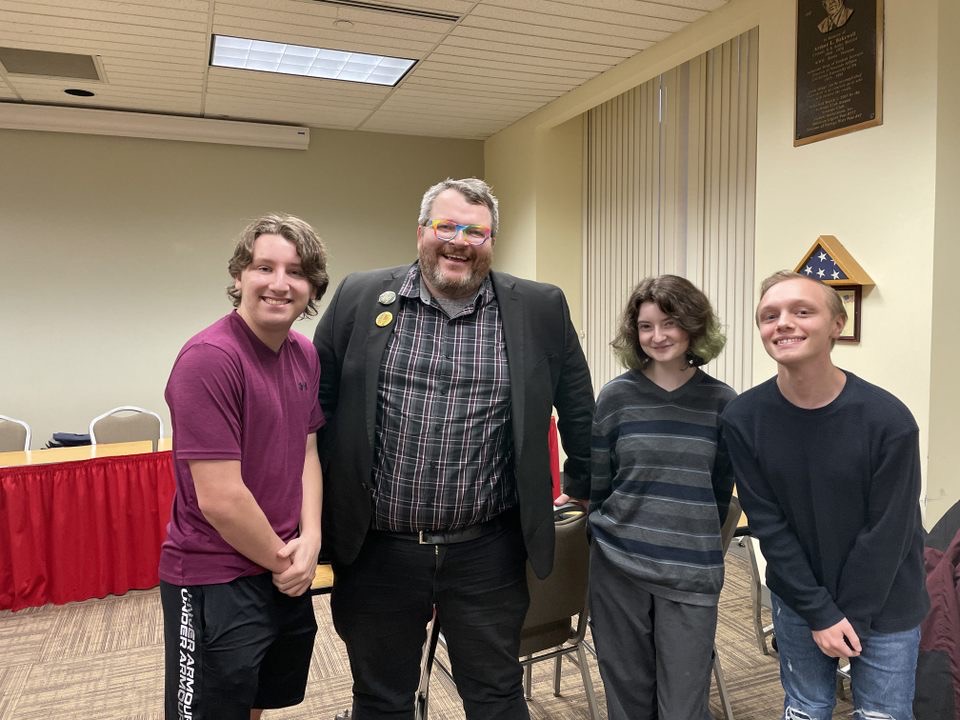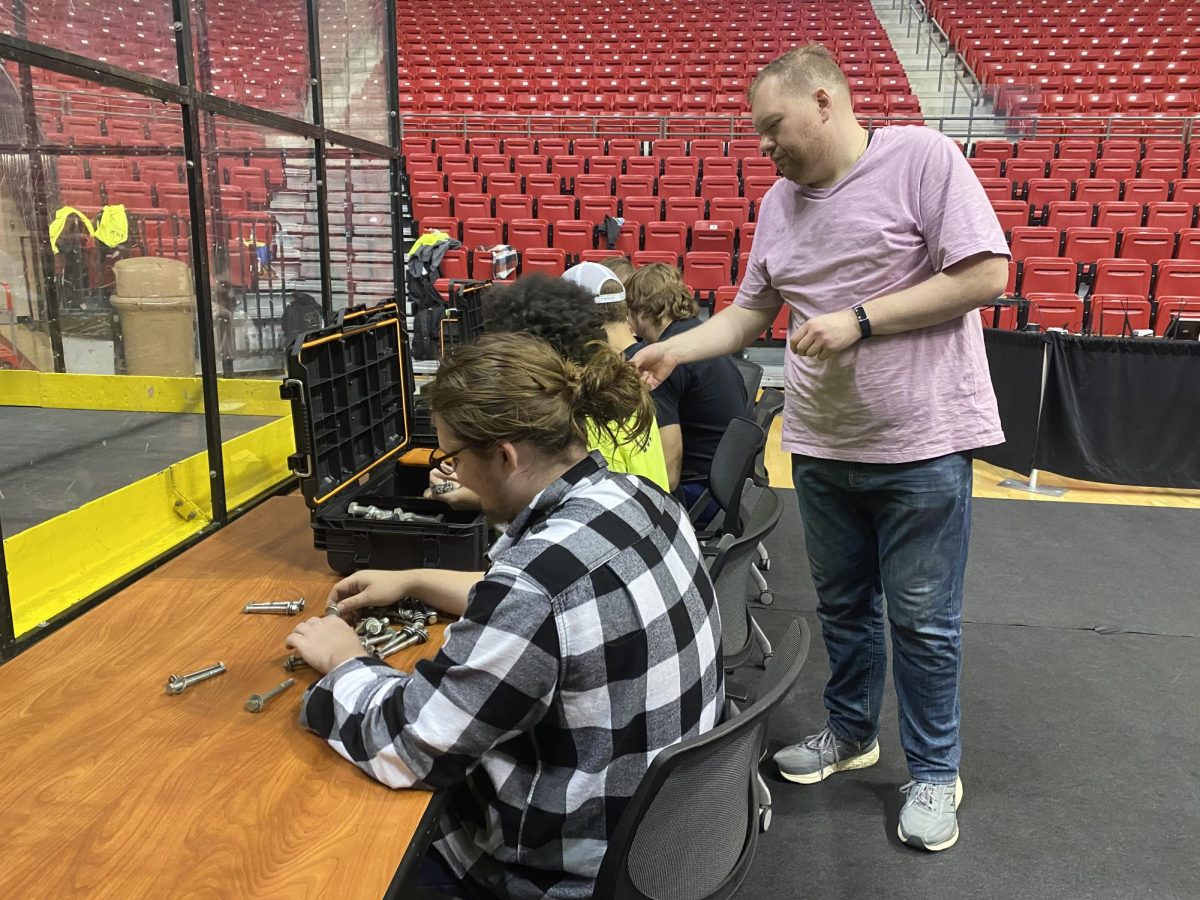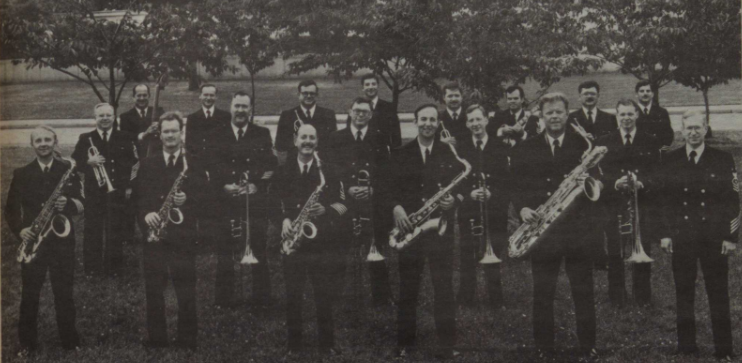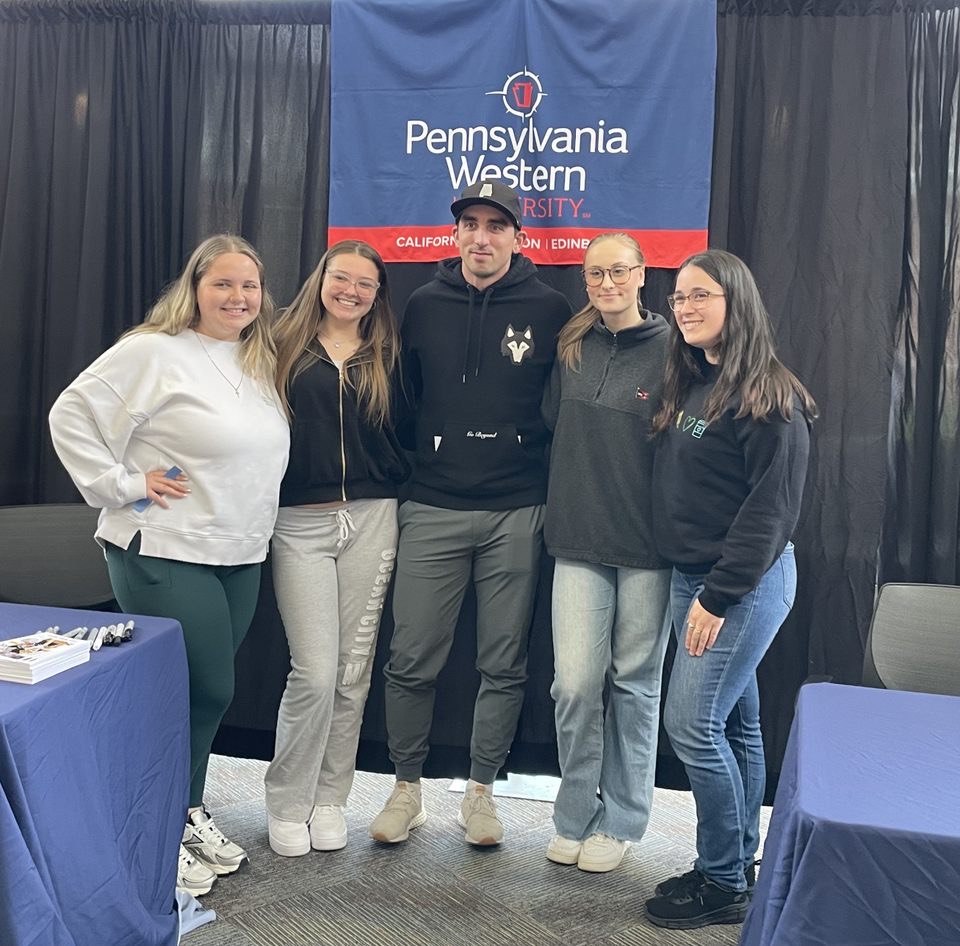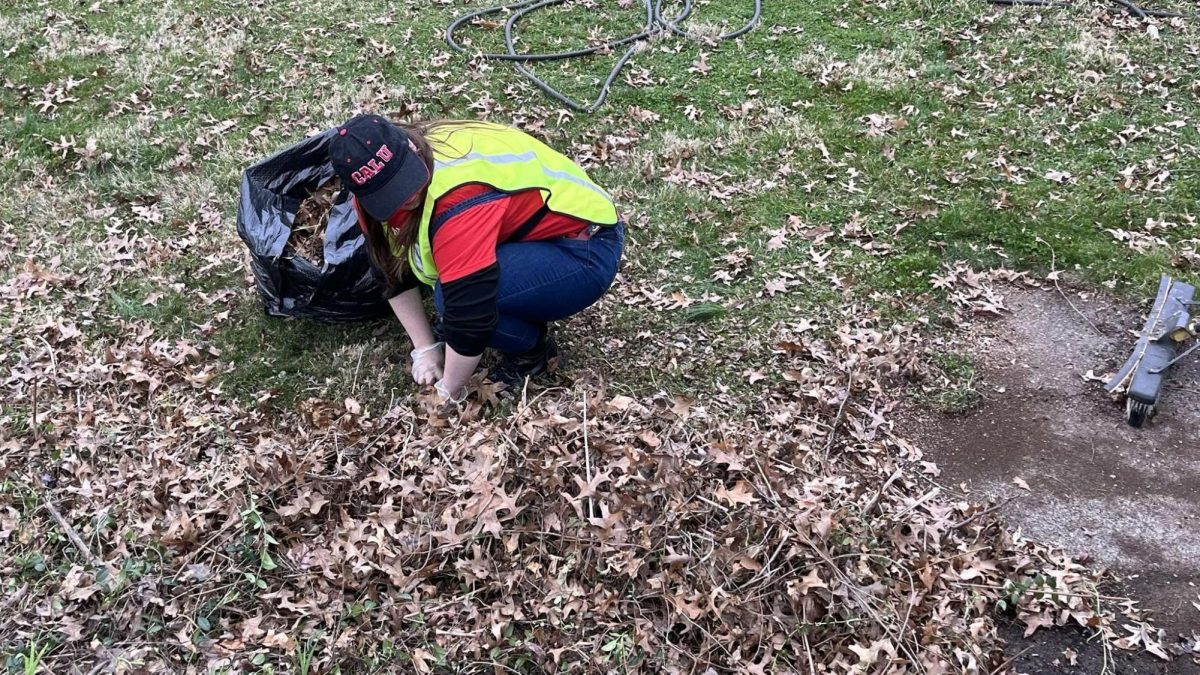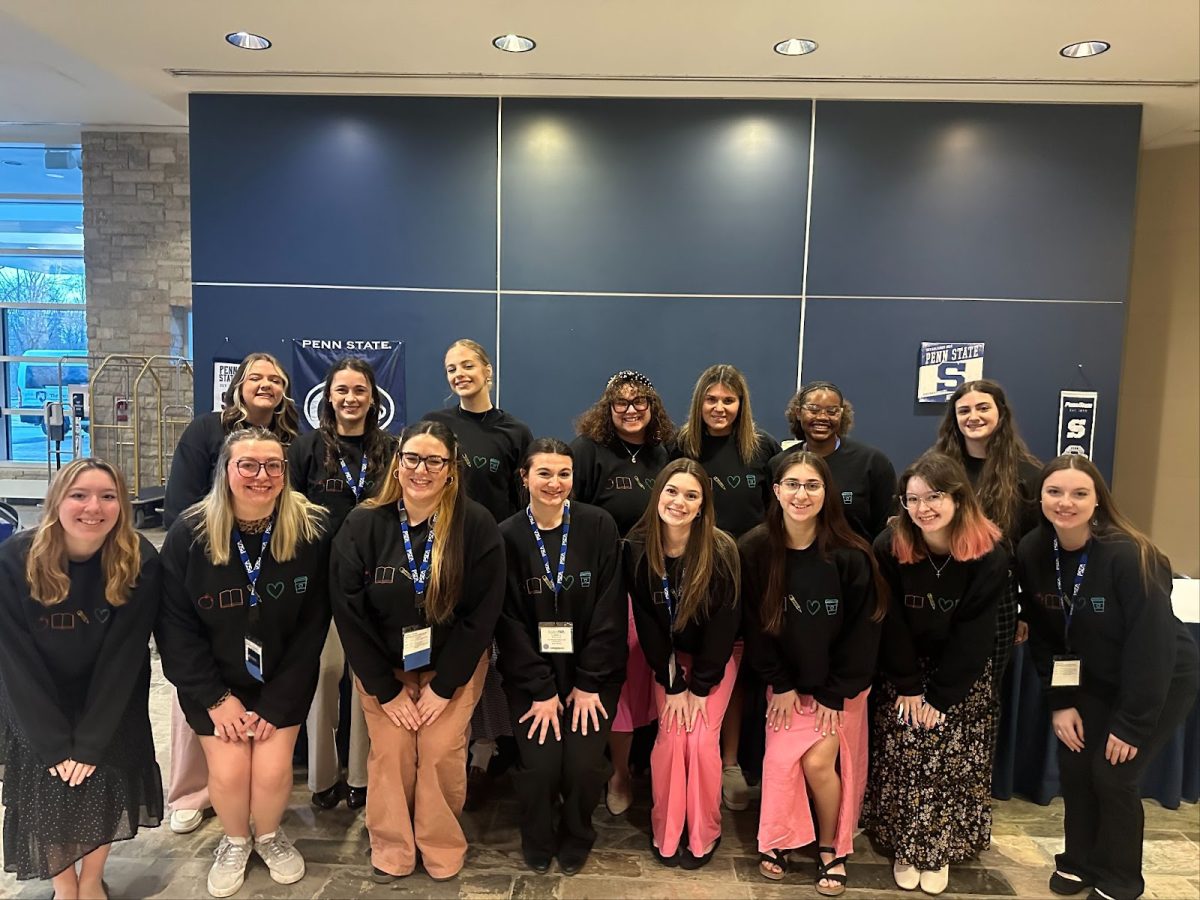On Oct. 9, 2019, the Kirtland’s warbler songbird was officially delisted from the endangered species list by the U.S. Fish and Wildlife Service. Just a few days ago, PennWest California celebrated the fifth anniversary of this accomplishment, with a large part of the credit going to Professor Carol Bocetti.
Delisting means that a species is taken off the endangered species list. The Kirtland’s warbler is the first species that is conservation-reliant to be taken off the list. A conservation-reliant species is a species whose threats cannot be taken away completely—only reduced in effect.
Bocetti’s journey started in her graduate program when she focused on the warbler. When she started, there were 167 breeding pairs of warblers. After her and her team’s work, there are now over 2,000 pairs, meaning about 10,000 birds.
The warblers, Bocetti said, are from Michigan, and migrate through Pennsylvania and nest on the ground in jack pine forests. The two major forces that kept the Kirtland’s warbler population from growing are habitat loss from humans and an invasive species known as the brown-headed cowbirds. The cowbirds leave their eggs in the nests of the songbirds and the warblers raise them as their own.
“You might have an ant queen of one species kill the queen of a different species in a nest, lay eggs, and then those eggs are cared for by the ‘host’ species,” local entomologist Chad Gore said when discussing parasitism in different species.
The Endangered Species Act was approved by Congress in 1973. The Kirtland’s warbler was one of the first to be put on the list. Soon, the Kirtland’s Warbler Recovery Team was named, and this was formed with the goal of increasing the population of warblers.
In 2015, the Recovery Team ended, and the Kirtland’s Warbler Conservation Team was founded. It is a non-profit that keeps the species in check, Bocetti said. The songbirds are in recovery. A team of specialists and Bocetti step in every other year to monitor their progress and make sure that they are sustainability cared for.
When the conservation team was still in action, they had two main ways of helping the birds recover. One of them was controlled burning and the other used machines to create open areas of land for shrubbery to grow where the birds will nest on the ground among the trees, Bocetti said.
The songbirds need young forests to grow. Burning or opening the land allows the birds to nest. A large natural fire in 1980 caused an increase in the bird’s population after a few years, Bocetti remarked.
Biodiversity is very important when it comes to sustainability. Biodiversity is when there is variety in life, both in plants and animals.
“I couldn’t imagine walking through the arboretum and only seeing just one or two kinds of butterflies, or one or two kinds of beetles,” Gore said.
Kirtland’s warblers are beautiful birds and are very important to their ecosystem and biodiversity.
The saving of the Kirtland’s warbler is a poster child, Bocetti said, for species just like it that are also endangered. She said that she is hopeful about the future of species like this and that if followed, many more can be taken off the endangered species list.
